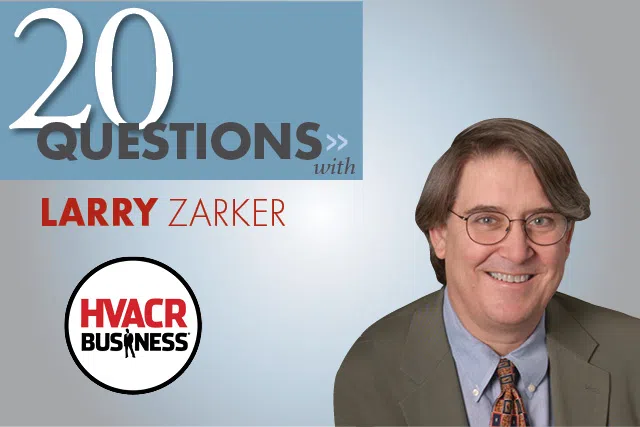When it comes to Home Performance Contracting (HPC), consumers generally have no basic concept of what we are talking about, and neither does a large percentage of the HVACR community. The complete HPC concept is hard to explain and understand in terms of how to fit it into an existing HVAC business model.
It takes a lot of education, training, investment in tools, and most of all — getting past the ego that can be built up from being in the business for many years. It’s something new, and a lot of contractors don’t think they need to pay attention to it. We do pay attention to it, and it has been very successful for us.
Educate Consumers
We use several methods to educate consumers. First, we are members of the Comfort Institute, and they support us by sending a pre-positioning letter to our customer prior to us arriving at the appointment. In addition, we send an appointment confirmation letter that explains why the customer should consider receiving a whole-house professional audit by a certified HERS rater — as opposed to just a free estimate — before making a decision to replace equipment.
We also have video links on www.airrite.com, and we encourage customers to watch them prior to our visit. We do cable-television commercials promoting the energy savings that can come from having a Comprehensive Home Evaluation by a certified HERS rater. We also educate on the same issue in mailers, and our service techs discuss the Comprehensive Home Evaluation when they are in homes on tune-up and repair calls.
Salespeople, Technicians are Crucial
Our salespeople have a considerable role in selling HPC. We have determined that we have a 1-to-20 ratio from the sale of a professional home evaluation, so if we sell an evaluation for $400, we know that we will sell around $8,000 worth of home-performance work. So the key is in converting the customer from the free estimate to having testing performed. In most cases this will minimize the impact of the low bidder who spends only 20 to 60 minutes in his evaluation and proposal to the customer. Once the customer is educated, they understand how the house and system must work together to provide health, safety, comfort, and energy efficiency.
As for technicians, we show them videos, send them to Comfort Institute training classes, etc. and spiff them on setting leads when on calls.
Getting Over Customer Objections
Part of the main issue is that Americans in general still believe that the lowest price is the best value. We also believe that if three out of four contractors are saying that HPC is not necessary and that only replacing equipment will solve the problem, the customer will default to the lowest and worst decision. Customers have been marketed to and exposed to inaccurate information from so many for so long that incorrect information has become the truth. Overcoming this false belief is the toughest issue, and the ability to have customer referrals, and third-party verification websites such as the Comfort Institute and EnergyStar certainly helps.
Larry Taylor started in the HVAC business in 1965 and attended Oklahoma State Tech. He purchased AirRite in 1990. He is also a past chairman of the Air Conditioning Contractors of America. AirRite received the 2012 ACCA Residential Contractor of the Year Award and the 2004 Contracting Business Residential Contractor of the Year Award.


